Last week, I was fortunate enough to finally attend my first International Youth Nuclear Congress. IYNC is a community of young professionals from around the world that gets together every two years to transfer knowledge and promote nuclear technology. This year's conference was in Hangzhou, China. Besides meeting amazing people and listening to some great talks, here are my main takeaways:
Growth in the Chinese nuclear industry is real
China has already connected four new reactors to the grid this year and has 20 more under construction. I knew the magnitude of China's growth in the nuclear industry but it became even more apparent to me by seeing it first hand. The tone of this conference was different than that of the other nuclear-focused meetings that I've been to recently. In Europe, governments are phasing out nuclear energy and in the US, economics and subsidies are favoring natural gas and renewables over nuclear. But in China, nuclear is seen as essential to meeting the energy demand of a large and growing population. The sheer number of Chinese young professionals at this conference - and their excitement - proved the country's commitment to nuclear energy.
We need more female role models
While there were many female attendees at the Congress, from China and from around the world, there was not a single female speaker during any of the plenary sessions. We even had the Global President of Women in Nuclear speaking on a panel session, she should have been in a plenary! I know that plenary speakers are usually determined by the sponsors, but some effort can be made to promote diversity. It's not only that young women, like me, need role models in our industry, but young men also need to see that women should be successful in this industry.
Communication needs support and funding
My main presentation was in the communication panel session, and it was very well attended and fostered a great discussion among the attendees and panelists. One thing that became apparent is that everyone recognizes and agrees that communication and stakeholder involvement are important, but most organizations are unwilling to allocate the necessary human and financial resources to get it done properly. This is because the value added from good communication is indirect and very difficult to quantify.
Be aware of the listening to talking ratio
I also participated in a workshop on World Wide Business, and we discussed the so-called "listening to talking ratio" between cultures. As the nuclear industry is becoming more and more international, it is essential for young professionals to be aware of the different ways in which culture communicate. For example, we can generalize that some cultures love to talk while others prefer to be polite and listen. Being aware of this and making sure that everyone is heard is important for effective intercultural teamwork.
Hope to see you at the next IYNC conference in Argentina in 2018!
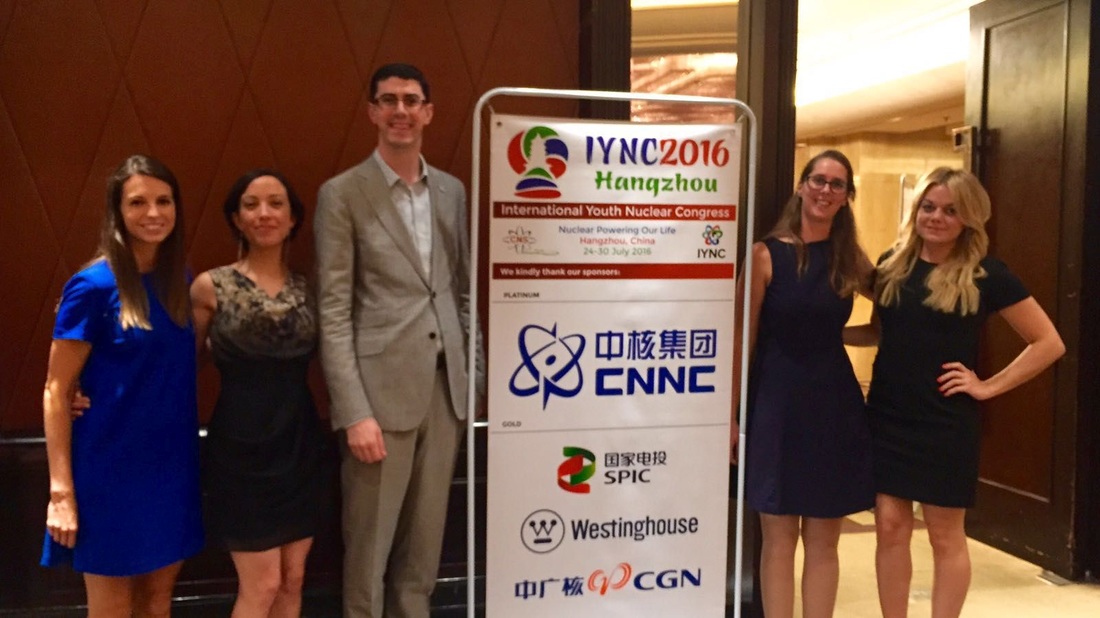
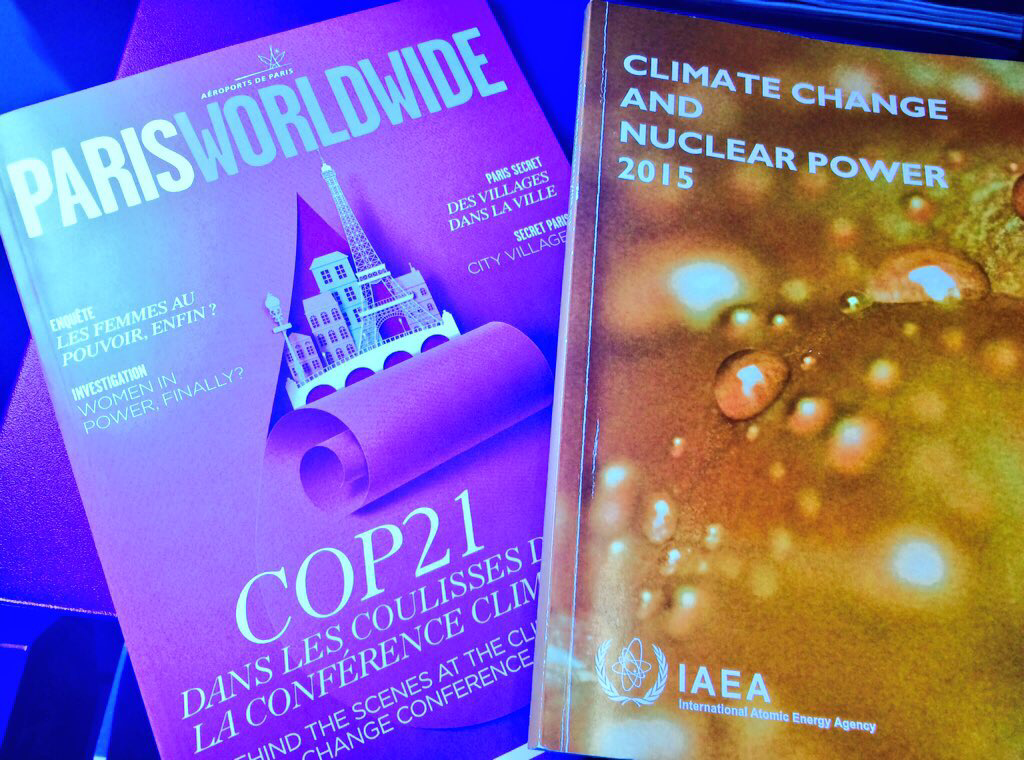
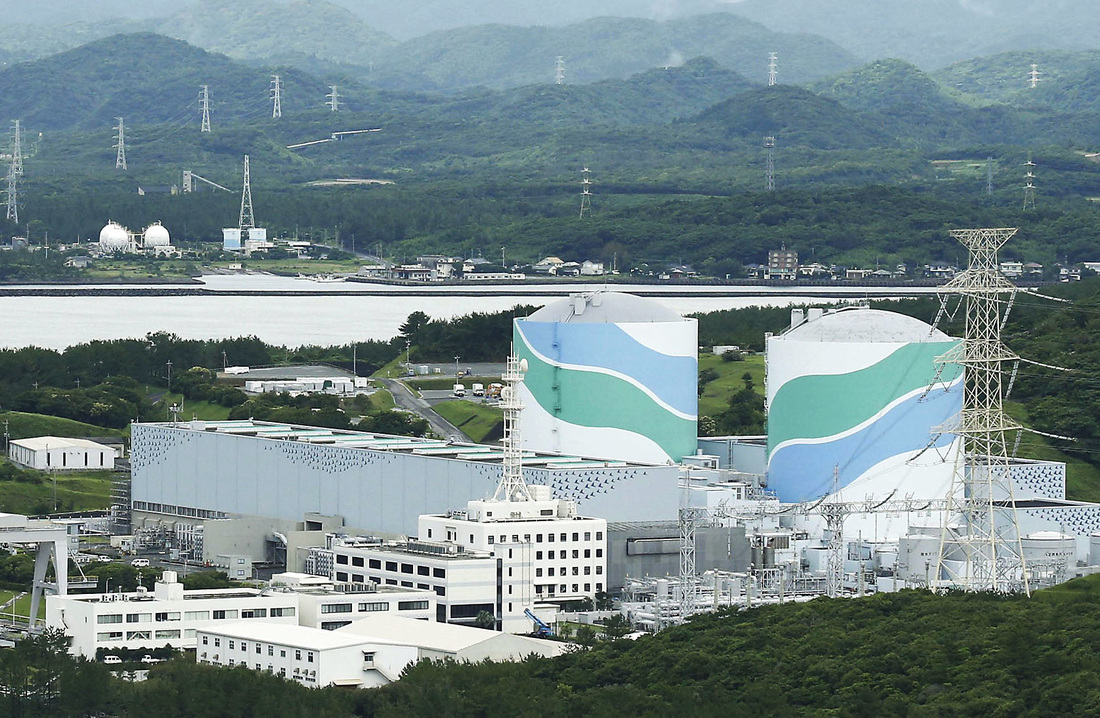

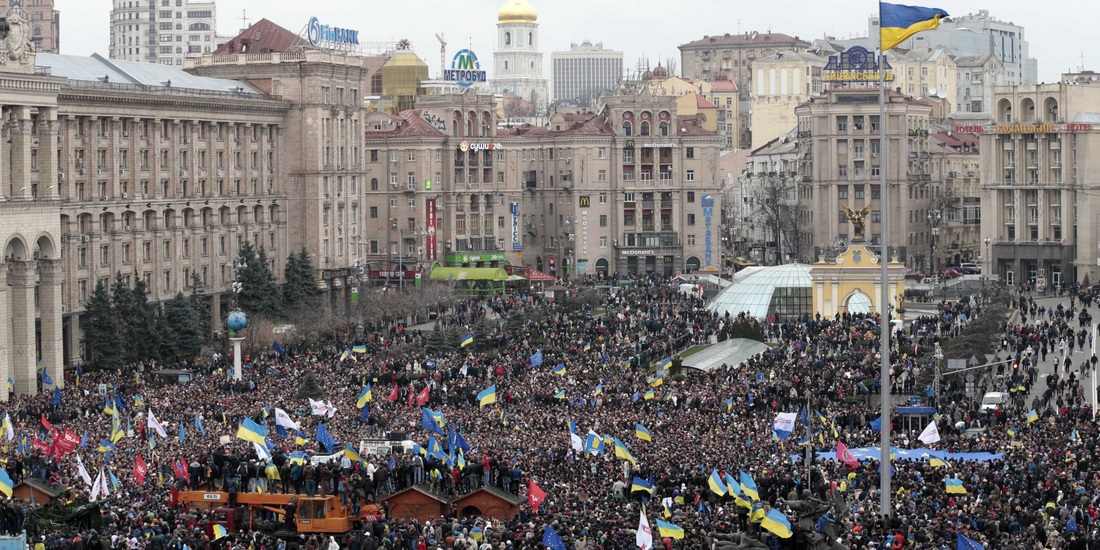
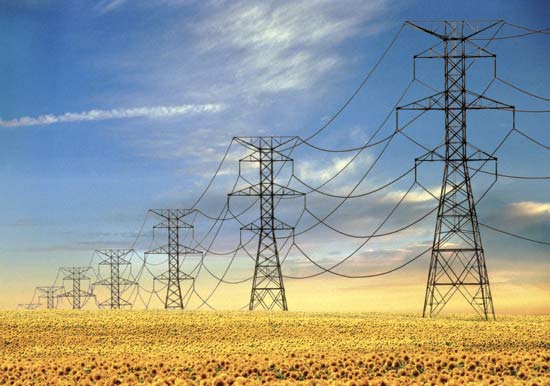
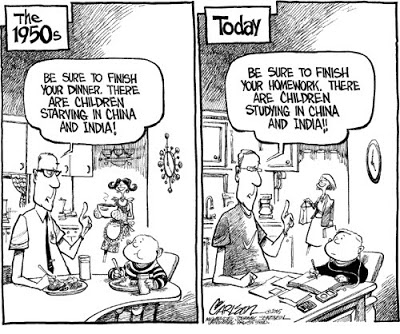
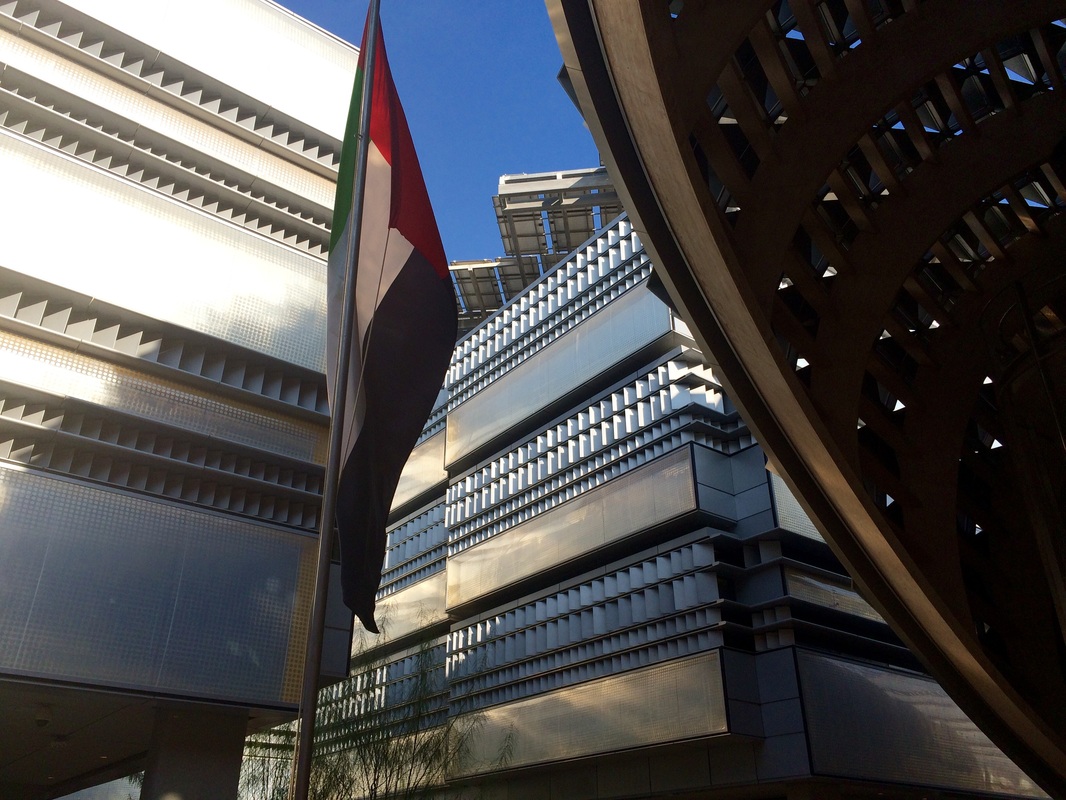
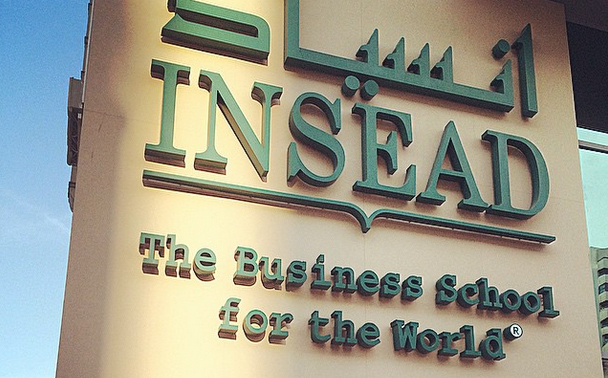

 RSS Feed
RSS Feed

